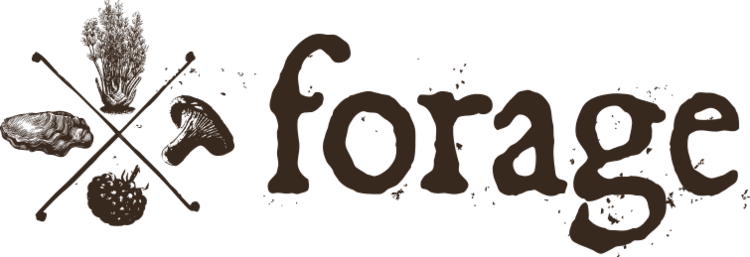Wild Onions: Natures delectable answer to scallions
Today’s guest post is from Kevin Feinstein (one of the leaders of our wild food walks), and Mia Adler’s book The Bay Area Forager: Your Guide to Edible Wild Plants of the San Francisco Bay Area. Check at the bottom of the post for a purchase link to their great guide to all things wild and edible!
Wild Onion Lily (Allium triquetrum)
Family: Alliaceae (onion, garlic, lily)
Eurasian Weed
Wild onions of a sort, are part of the lore and mythology of wild edibles. Everyone expects them in any foraged dinner of any magnitude, and I get many asking about them in my classes. This is an Old World and mostly East Coast predilection, where various types of wild onions are available. In Tennessee where I grew up, in the winter and spring every yard and field would be checked with clusters of a type of wild onion grass. They were everywhere and were probably the first wild edible I ever tasted. Ramps of course, a fancy restaurant favorite, are heralded for their culinary experience, but unfortunately are being destructively overharvested in many areas.
In the Bay Area, however, we really don’t have an abundance of wild onions. In fact, some would say that we don’t have any at all. But we do have the wild onion lily, an urban and garden weed that is certainly worth a chapter in the book!
What does it look like? Typical onion family look, a monocot, with long grass-like leaves with a flower stalk that shoots up small white, bell-shaped flowers. Distinguished from other onion family members by its distinctly triangular, wedge, or pyramid-shaped leaves. All crushed parts of the plant exude a very onion-like odor. Make sure it smells unquestionably like onion as the death camas lily is a look-alike.
When is it available? Most of the year, they will go dormant sometimes in very dry or cold weather.
Where can I find it? Lawn and garden weed, parks, suburban woodlands nearly always close to human populations. If you feel like you are out in the “wilderness” you are probably not anywhere near a wild onion lily.
How to use/forage: All parts of the plant are onion-like and edible, the easiest parts to use are the blade-like leaves, use them as you would chives. You can also dig up the corm and eat like a very small onion or use the flower as an edible decoration on a dish.
Sustainability: This plant can be a super tough and noxious weed once established but isn’t always that abundant. It is often weeded (or at least attempted to be) out of many lawns, gardens and landscaping situations. I’ve seen it survive herbicide applications, so beware. Harvest only when it is clearly growing in large quantities, or only harvest a small amount of the leaves from each plant.
Purchase The Bay Area Forager: Your Guide to Edible Wild Plants of the San Francisco Bay Area here.


